Eco-friendly urban evolution: building a model for cities that learns from the past and works like an ecosystem.
“Power is nothing without control”: it was 1994 when Carl Lewis, the world-class sprinter and long-jumper, swapped his running spikes for a pair of stilettos to appear in an impactful Pirelli ad campaign. The message was clear: the most powerful car in the world is still a safety risk if it’s fitted with the wrong tyres.
Tyre compounds and performances have continued to improve over the years, but when a tyre is worn, it stops being safe and efficient and becomes an EOLT, an “End-Of-Life Tyre” that has to be disposed of.
There are two routes: waste-to-energy recovery in specific treatment plants (an EOLT has the same calorific power as coal, but lower greenhouse gas emissions), or recycling (the used tyres are mechanically ground at ambient temperature, then separated into three components: rubber, steel and textile fibres).
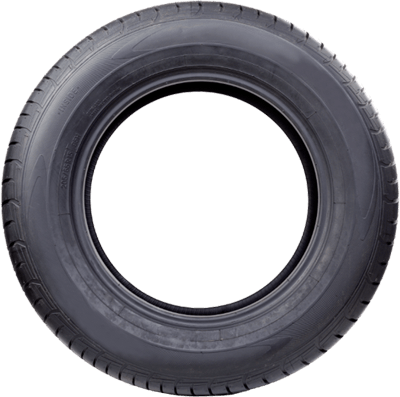
In 2022 Ecopneus, an Italian consortium that locates, collects, processes and reuses used tyres, recovered over 230,000 tonnes of EOLT (60% of the EOLT in Italy) by organising a national campaign, which yielded 119% of the legal target. Over 80,000 collection missions targeted 27,500 tyre fitters, service stations and garages in every Italian province.
The rubber used in tyres is a compound of high-quality polymers whose outstanding chemical-physical properties remain unaffected by the recycling process. This makes tyre rubber ideal for use in a wide range of other products: sound insulation or anti-vibration products used in the construction industry, playground flooring, football pitches, multipurpose sports and safety flooring, and even pet care products.
Other applications for recycled tyre rubber include road building and infrastructure requiring special types of high-drainage, low-noise asphalt (which lasts up to 3-400 times longer than the usual tarmac), cycle paths, street furniture and road safety devices. Finally there is the world of design, or CDT to be precise. “Circular design thinking” is the philosophy behind objects made from a combination of materials, including recycled rubber.
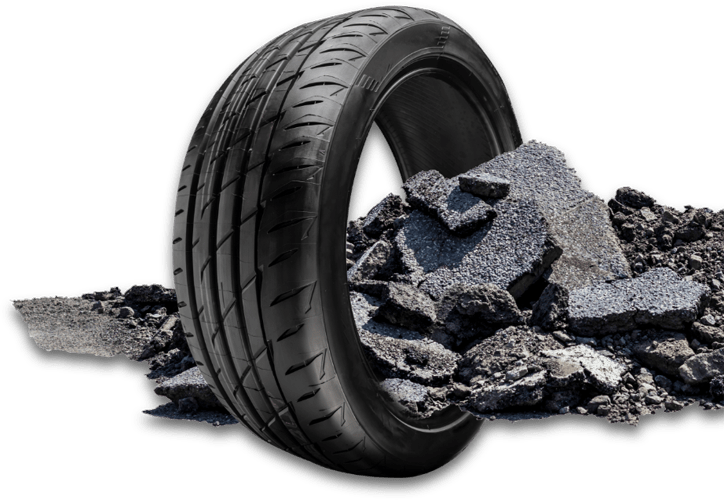
Despite all these initiatives, the market is as yet unable to absorb 100% of the recycled rubber now being produced, some of which is still being directed towards energy recovery.
“This is why Ecopneus is investing heavily in research and innovation, working alongside a network of influential experienced partners ranging from industry companies to universities and research institutions. The aim is to strengthen the sectors in which recycled tyre rubber can be used, creating new opportunities in this area of strong growth potential, for example chemical recycling and industrial applications. In collaboration with Matrec, we’ve developed RUBWAY, a virtual laboratory of knowledge, innovation and cooperation focused on using recycled EOLT rubber in design and architecture” explains Federico Dossena, Director General of Ecopneus.
Ecopneus has teamed its important environmental contribution with a worthy social sustainability commitment. Ten years ago, Ecopneus and Legambiente launched an education project for high school children, entitled “How to recycle EOLT tyres”. Each year, the campaign targets a different region of Italy. The consortium organises educational classes on the theme of recycling and the EOLT circular economy, as well as visits to recycling plants and workshops about legal compliance and supply-chain sustainability.
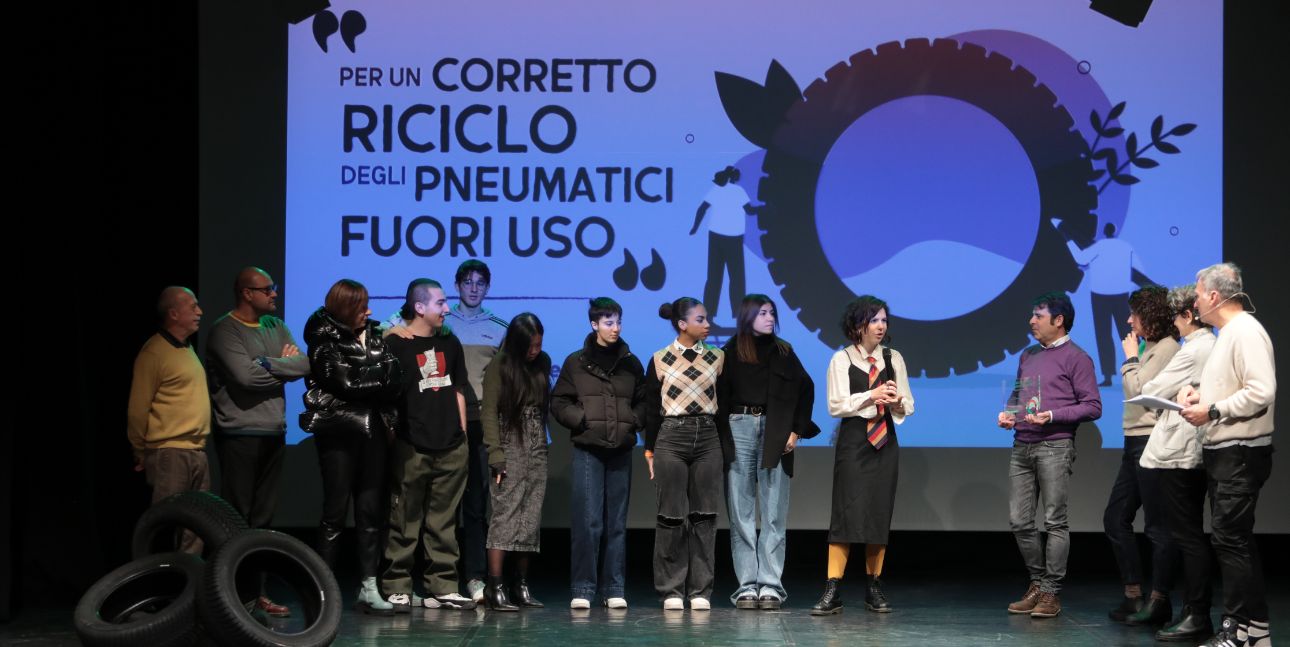
A competition has also been launched to support the educational work. Students are set the challenge of making a video that conveys a positive message about good practices and the responsible reuse of EOLT rubber. The prizes, consisting of recycled rubber playing surfaces and equipment, are awarded by a jury made up of members of Legambiente, the Ministry of Education, the Ministry for the Ecological Transition and Ecopneus.
The strength of the project lies in its ability to promote the highest values of sport as an essential part of social aggregation and inclusion with strong educational and relational benefits closely linked to quality of life, mental and physical health.
“The goal is to test and promote a real ecological transition, by presenting physical exercise as an inclusive social activity and by teaching children and teens the importance of relating in sport as in life - while also respecting other people and the environment. These recycled rubber sports surfaces are designed to combine eco sustainability with social sustainability, building a dialogue between young people with different languages and cultures. We want to give these young people a complete experience - they’ll remember the time spent working on the project and the fact they were listened to and rewarded. Every year, it’s still exciting for me to see the hard work and input from these kids, regardless of the tools they have available. In December 2022, we attended the prizegiving ceremony at a theatre in Milan. The auditorium fell silent: everyone was listening attentively and there wasn’t a cellphone in sight. The children were all listening to each others’ stories about working together on this wholesome competition packed with creative, innovative ideas”, enthuses Federico Dossena, Director General of Ecopneus.
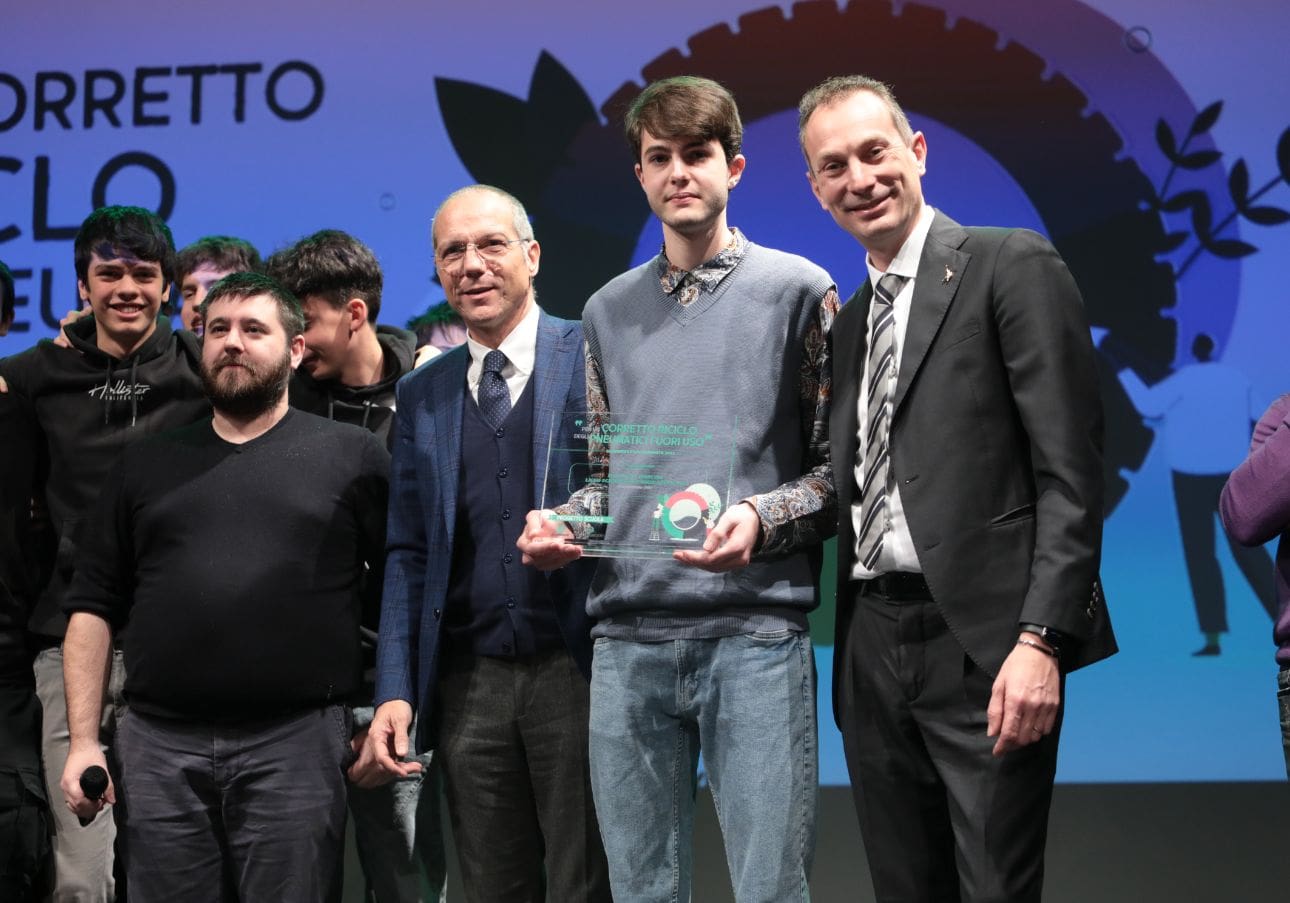
Now in itseleventh edition, the annual competition has now spread to 10 regions of Italy, reaching over 11,000 schoolchildren and 4,100 teachers. A Tyrefield recycled rubber surface for 3x3 basketball was the prize for the 2022 winning video, entitled “Salva Gommo, salva il mondo (Save Rubber, Save the World)”, produced by students at the Applied Sciences High School “G. Marconi” in Gorgonzola (Milan).
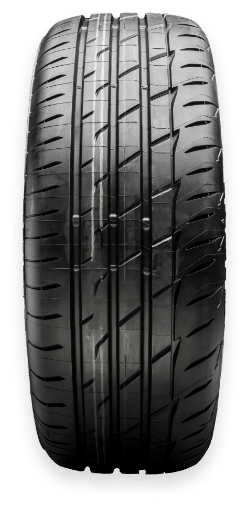
A worthy mention must also go to the 2013 project resulting from a collaboration between Ecopneus, the Ministry for the Environment, the Government Commissioner for the toxic fires in Campania and the police and municipal authorities of Naples and Caserta. The consortium provided resources for the collection of EOLT abandoned in the “Land of Fires”, the large area between the provinces of Naples and Caserta, where organised criminal gangs illegally dispose of toxic waste from all over Italy (the name comes from a phrase used by Roberto Saviano in his book Gomorra, which in turn came from the Ecomafia Reports by Legambiente).
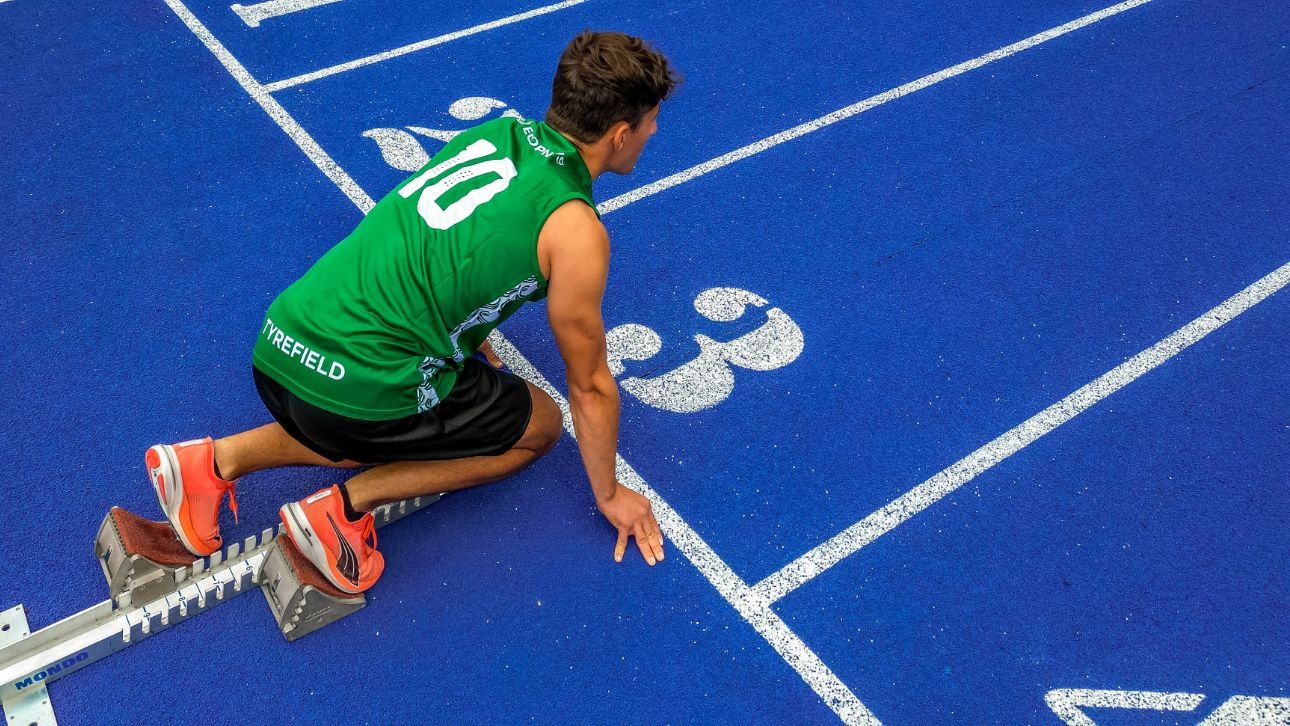
With a campaign entitled Io scelgo la strada giusta, or “Taking the right road”, Ecopneus launched an appeal against the black market for tyres, picking up EOLT and taking them out of reach of the criminals who often use them to start toxic fires. The aim of the campaign is to achieve long-term results by raising awareness and informing young people so that they can make responsible, legal decisions to safeguard their futures. Once again, the educational side of the project included an information programme for schools, along with a competition offering prizes of sports pitches and furniture made from recycled rubber.
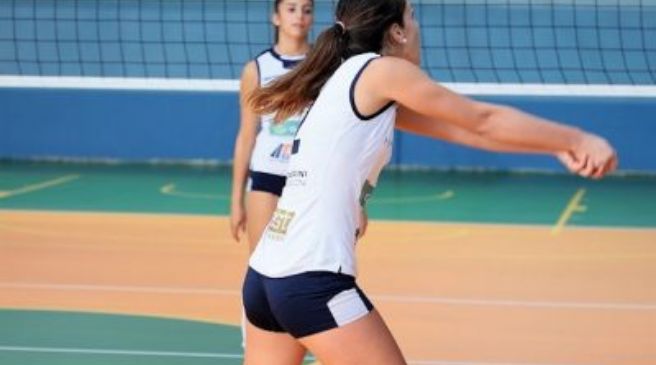
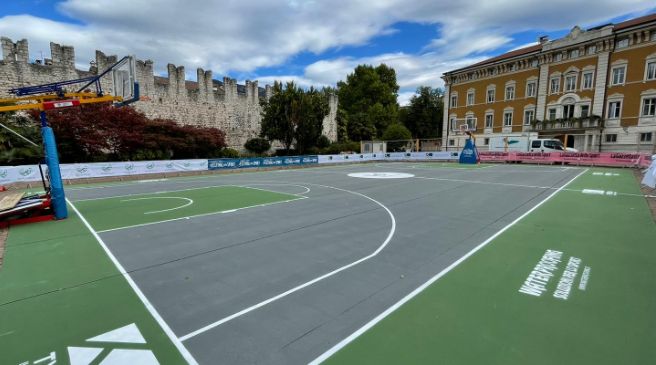
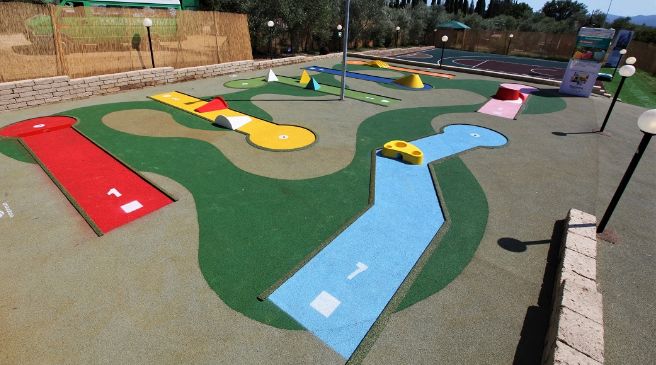
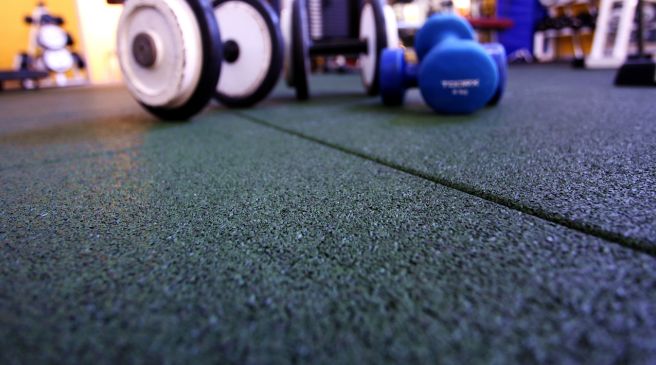
The regeneration of tyre rubber - the kind that gives cars power but also safety and control - is mirroring the regeneration of body and mind by playing sport on surfaces that offer the same three characteristics.
Eco-friendly urban evolution: building a model for cities that learns from the past and works like an ecosystem.
Relaunching the power of local: Italy’s national plan for villages. The keys to successful redevelopment. Commitment and analysis by ANCI, Italy’s Association of Municipalities.
